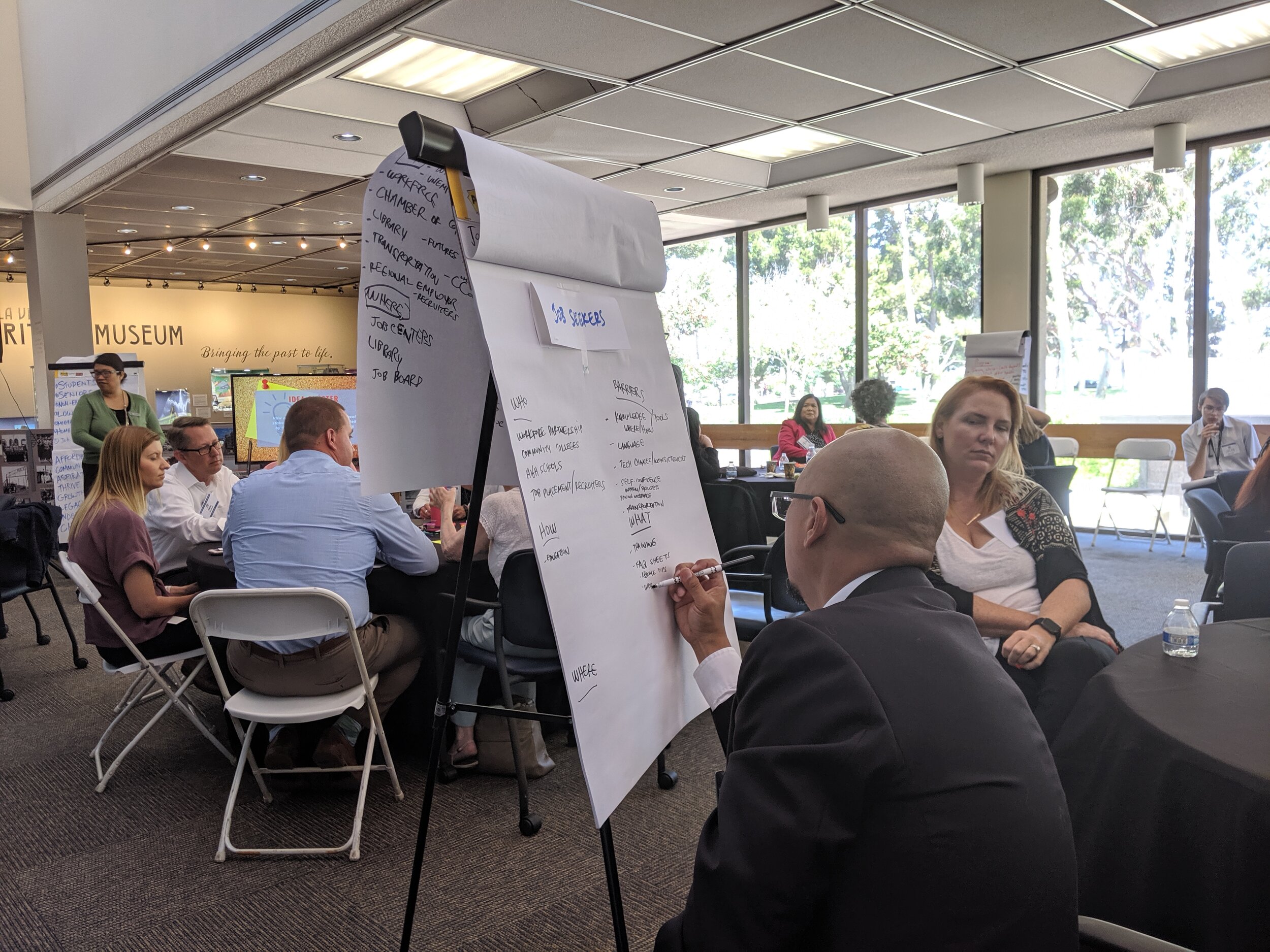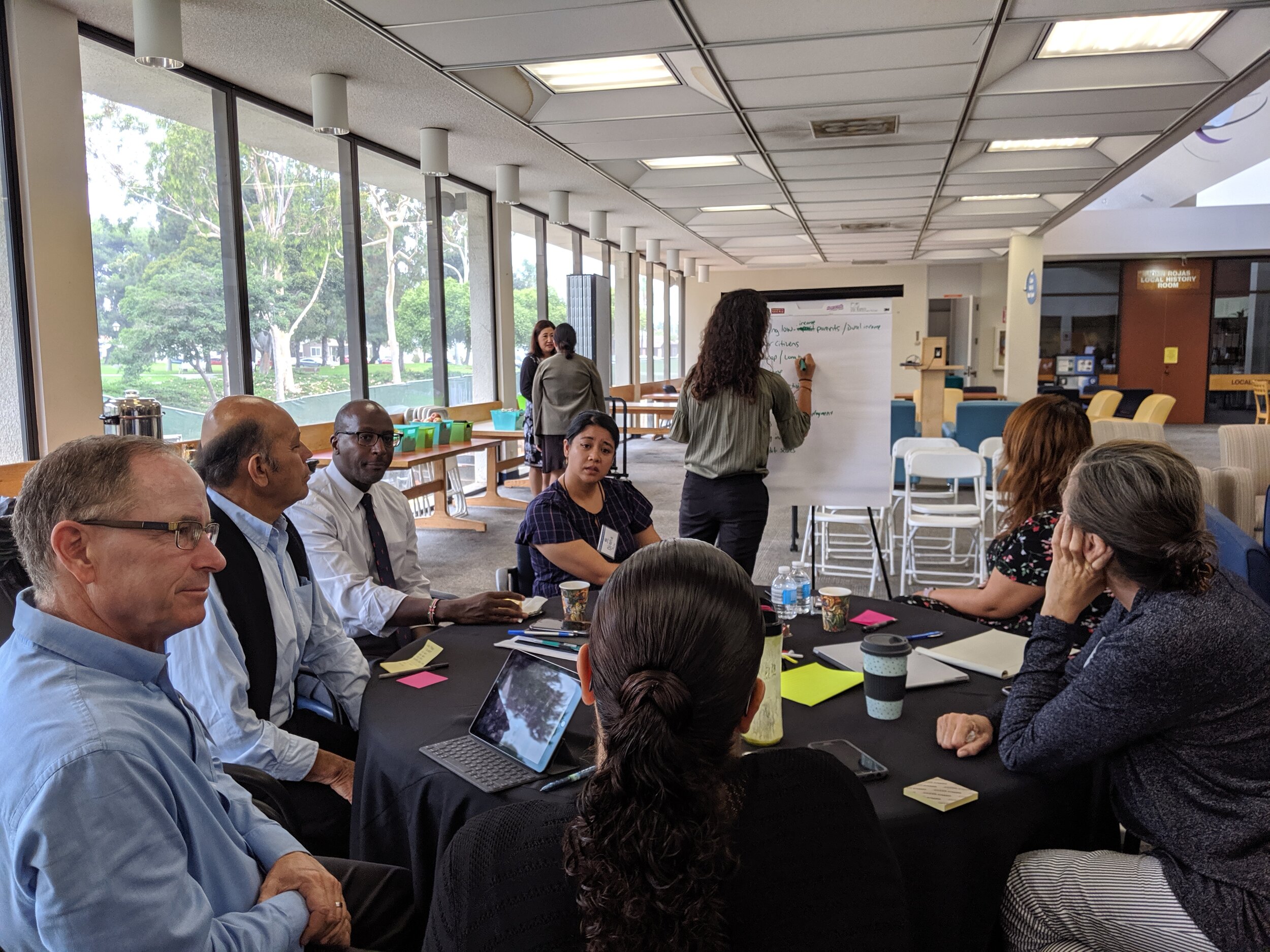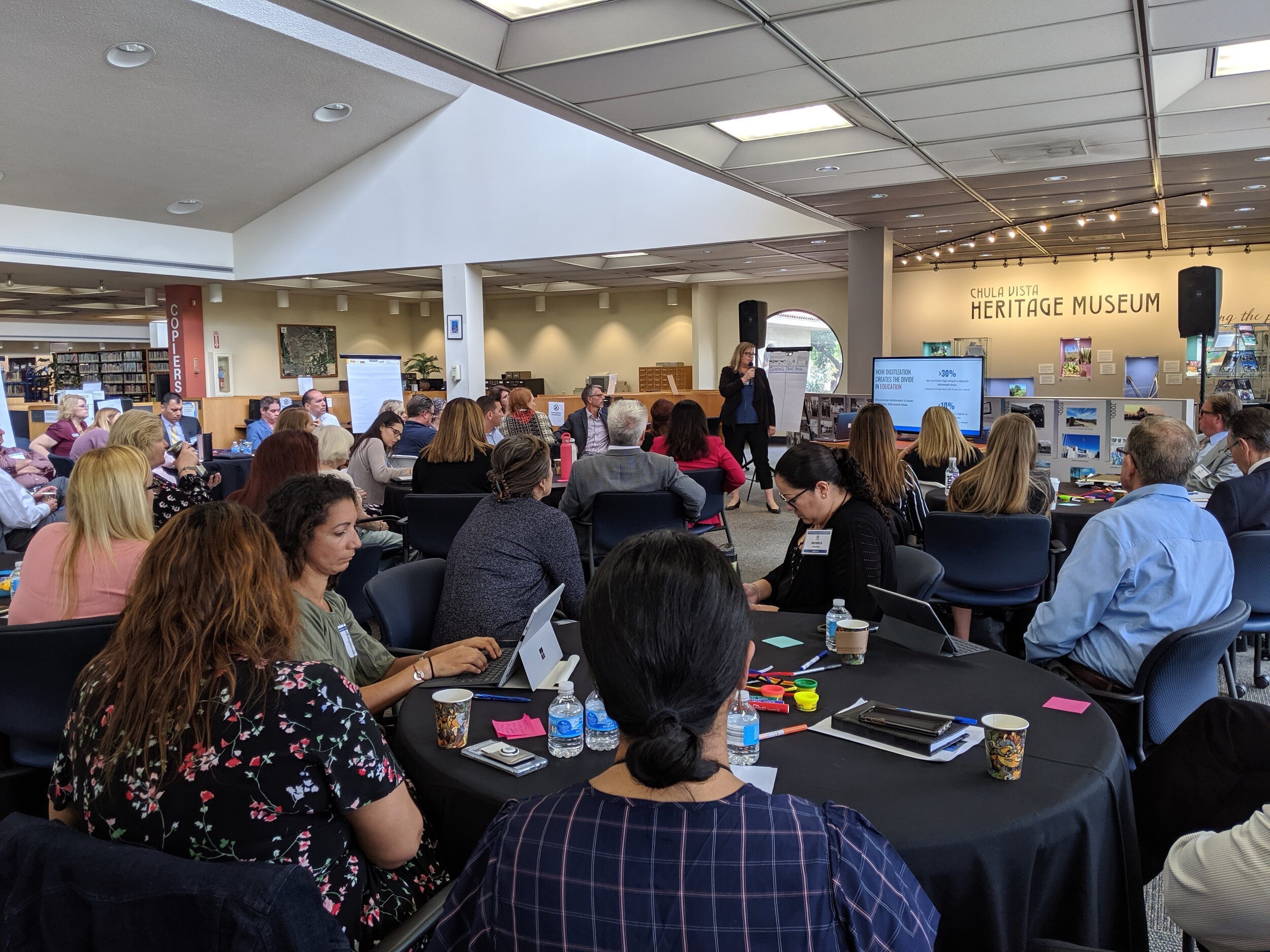A Practical and Actionable Pathway to Address Digital Inequities Today
The unprecedented COVID-19 crisis has fundamentally changed how the world works, learns, and interacts. With shelter-in-place and social distancing requirements, people have transitioned their jobs, education, and entertainment to their homes. This transition has not occurred without significant challenges.
As of January 2021, the nation’s unemployment rate has reached 6.3%. Affecting approximately 10.1 million Americans. With nonessential businesses closed and only some companies able to support telecommuting, many employees, especially in service industries, have been negatively affected by COVID-19 related closures. Schools have also closed alongside businesses, bringing the majority of 56 million K-12 students home to learn. However, not all of these students have been able to participate in online learning, with 14% of school-age children, nearly 9 million students, lacking Internet access at home.
Among the many issues that have increased visibility during COVID-19, the digital divide has exposed inequities in our neighborhoods and communities, leaving populations vulnerable to economic and health stressors of the pandemic. Internet connectivity has been critical to access up-to-date public health advisories, government services, financial assistance, online education and work, and needed delivery services for vulnerable populations. These unique challenges have compounded the existing socioeconomic disparities related to the digital divide. In coping with the “new normal” in communities around the United States, promoting and achieving digital equity will be integral to promoting economic and educational success and to ensuring our communities continue to thrive during these unusual and challenging times.
City of Chula Vista’s Digital Equity and Inclusion Plan
The County of San Diego has a thriving technology industry and municipal leaders have created CleanTech San Diego, a collaborative to promote smart city initiatives throughout the region. Chula Vista has emerged as one of the leaders in the region, publishing its Smart City Strategic Action Plan in 2017. Building on this emerging digital economy, the City of Chula Vista wanted to ensure that all of its residents were able to participate and to reduce their vulnerability in a changing world. To address these disparities, the City engaged Nutter Consulting to develop their inaugural Digital Equity and Inclusion Plan in May 2019.
We designed a strategy to address the three core foundations of digital equity: access to Internet, to devices, and to digital literacy. Across the city, approximately 30,800 individuals (11.4%) lack access to an Internet subscription and 12,700 residents (4.7%) did not have digital devices. Working with community stakeholders, we sought to understand the digital needs of the city’s residents and underserved populations, especially those with specific needs related to digital access.
The 3 goals, 8 objectives, and 38 strategic actions in the DEIP will serve as a foundation for the implementation of Chula Vista’s digital equity program. These three central goals include:
Be Data Driven
Institutionalize Digital Equity and Inclusion
Connect, Equip, and Train the Underserved
In creating the Digital Equity and Inclusion Plan, the City of Chula Vista has committed to creating an equitable future for its residents. As communities are still struggling with the persistent health and economic impacts of the pandemic, the City of Chula Vista along with its network of engaged and passionate partners are moving forward with tangible steps to further foster a community that is digitally inclusive of all at a time when the community needs it most.
To review the full Digital Equity and Inclusion Plan, please visit the City of Chula Vista’s page: https://www.chulavistaca.gov/home/showpublisheddocument?id=21352



